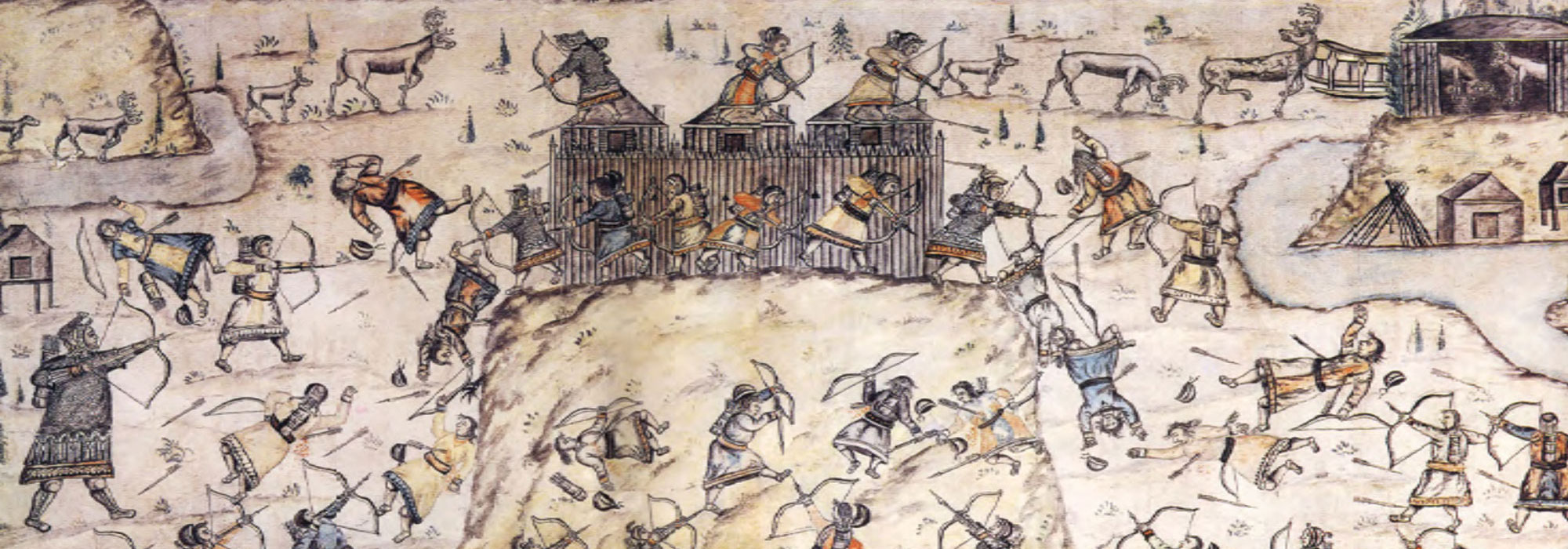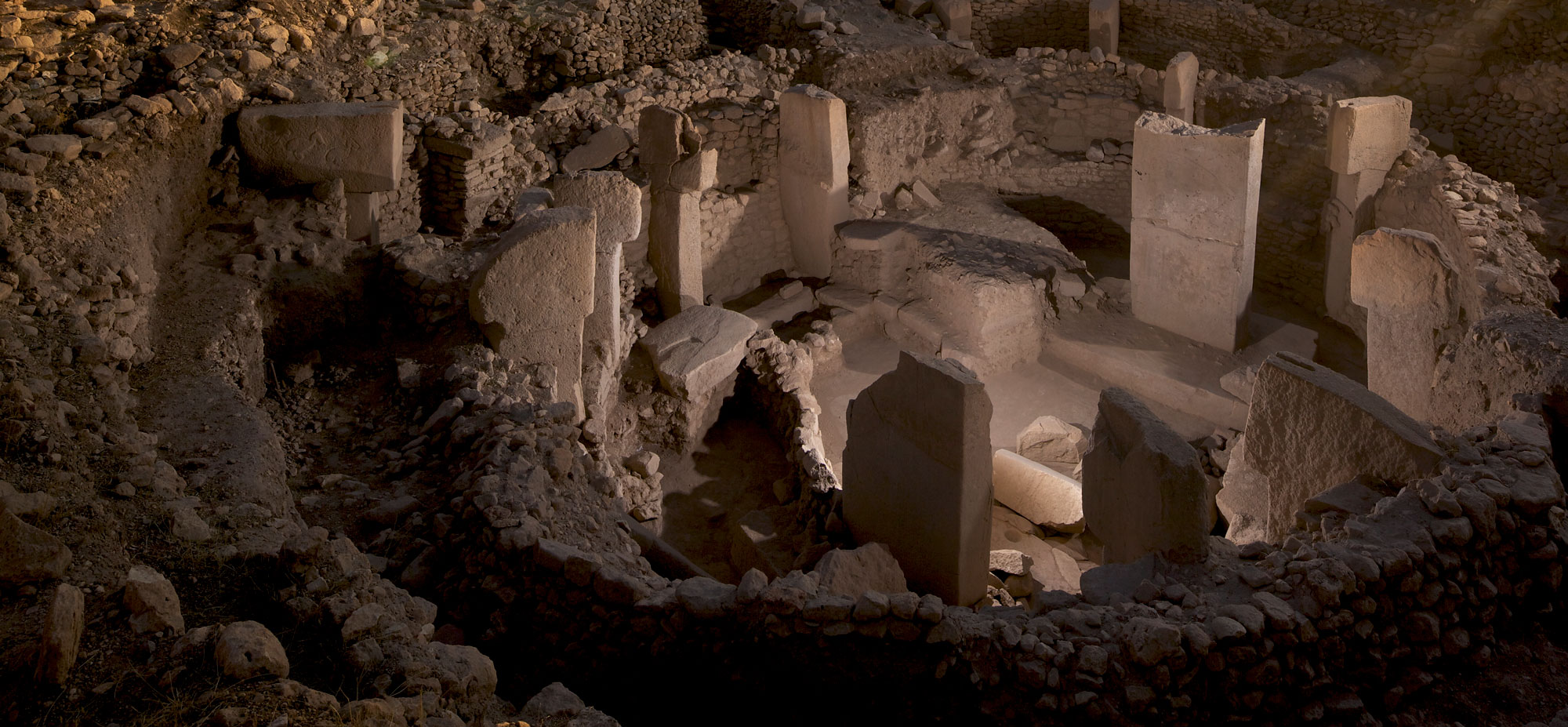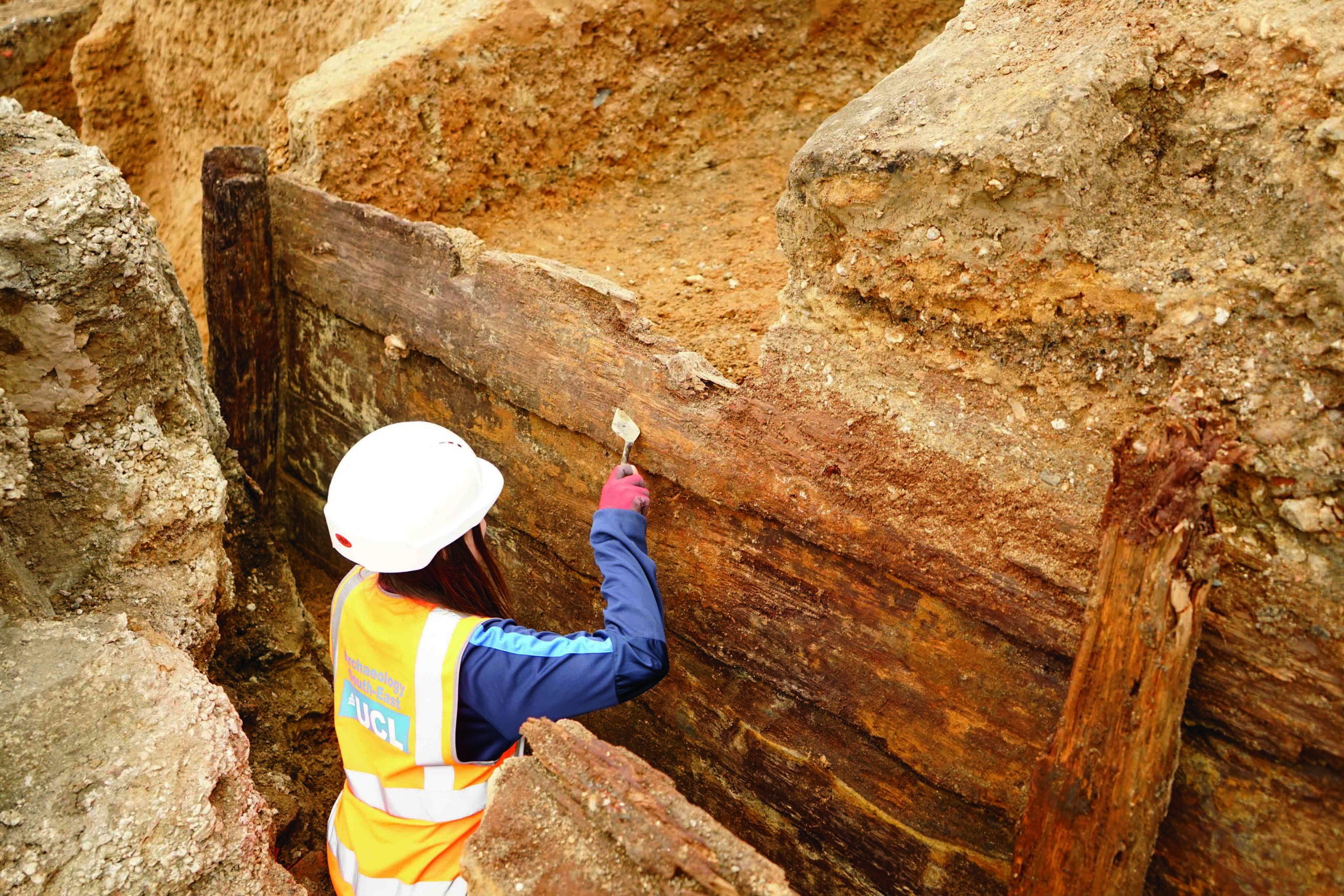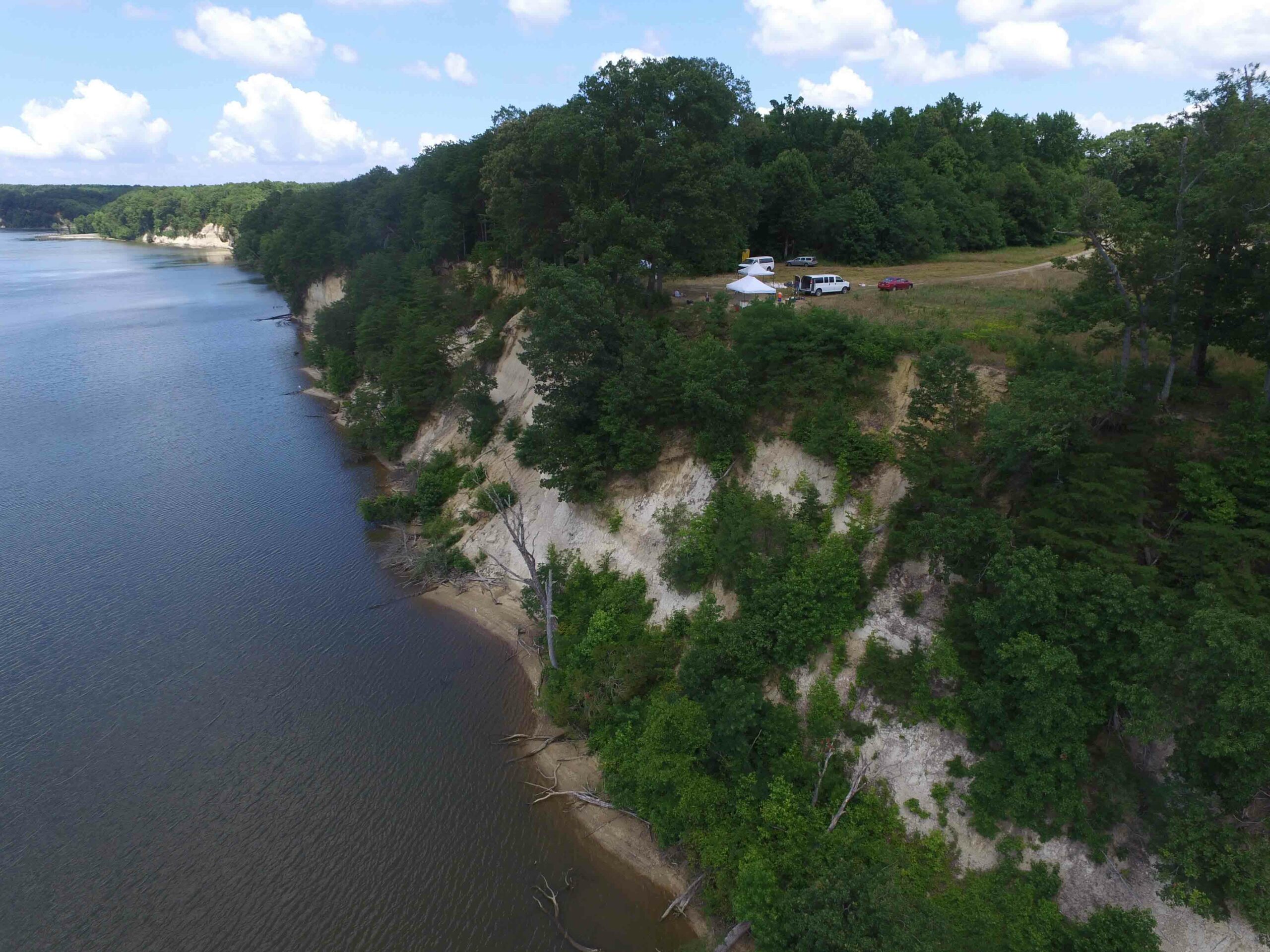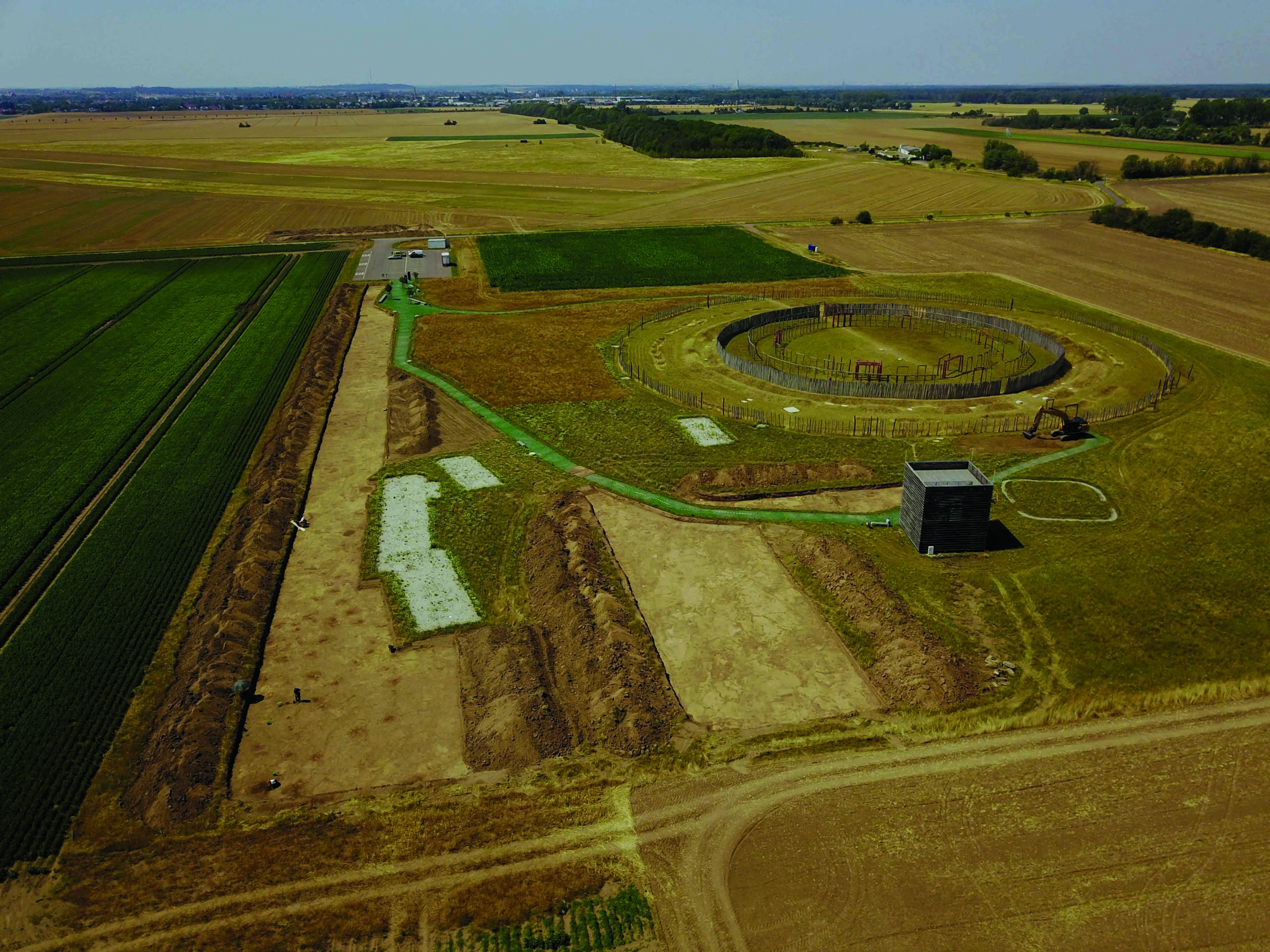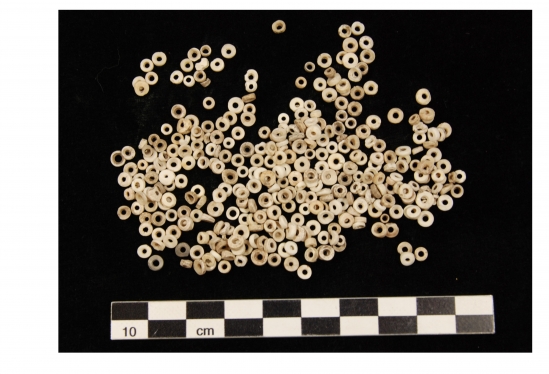
SANTA BARBARA, CALIFORNIA—According to a statement released by the University of California, Santa Barbara, archaeologist Lynn Gamble compared and measured different types of shell beads made by California’s Chumash hunter-gatherers. Shell beads have been used in California for more than 10,000 years, she explained, adding that worked shell used as currency would have been highly standardized, labor intensive, widely distributed, and likely smaller than eye-catching beads put to decorative use. She now thinks the Chumash used shell beads as currency at least 2,000 years ago, or about 1,200 years earlier than previously thought. She also noted that drills and shell detritus from bead production dating back some 4,000 years have been found on California’s northern Channel Islands, and chemical analysis of shell beads uncovered in northern California’s San Francisco Bay Area indicates the shells came from an area to the south of southern California’s Point Conception. Shell bead currency probably helped to facilitate the exchange of goods along California’s wide hunter-gatherer trade network, she concluded. For more on the Chumash, go to "World Roundup: California."



